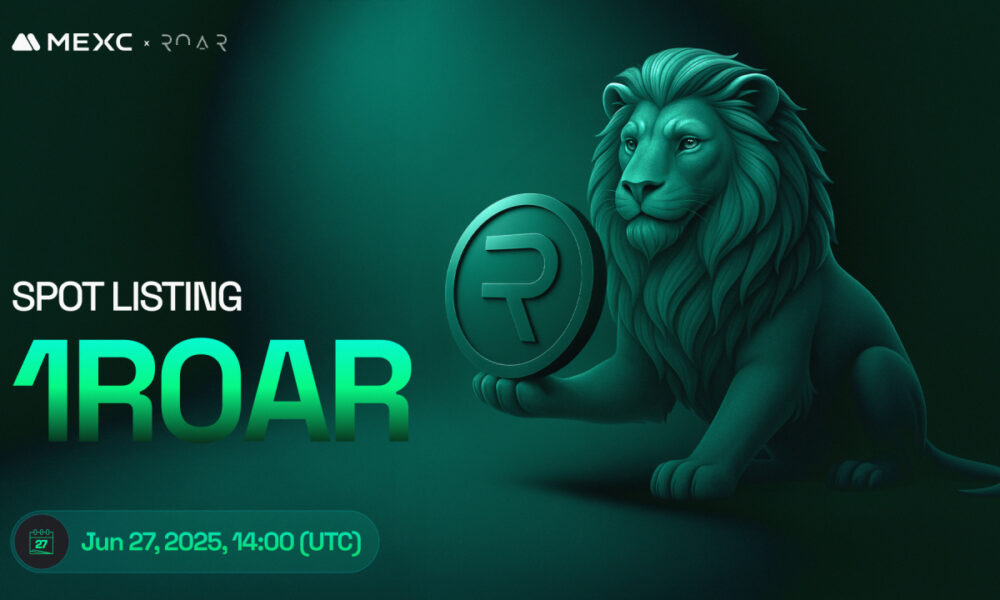The concept of an online marketplace has changed the way people buy and sell globally. Whether you are trying to become the next eBay or dominate a niche, building a marketplace requires strategic planning, focus on user experience and robust technology.
This guide outlines everything you need to know about creating a thriving online marketplace like eBay while carving out your unique space in the competitive landscape.
Why Online Marketplaces Are Thriving
Online marketplaces are booming because they are convenient and easily connect buyers and sellers. Platforms such as eBay, Etsy, and Amazon have set the gold standard, offering:
Access to a vast customer base
Secure payment processing
Features with buyer and seller trust
These are the basic components of a successful marketplace, so they are fundamental to anyone venturing into this space.
Step 1: Identify Your Niche and Unique Value Proposition
The most successful marketplaces focus on a specific audience or solve a unique problem. For example, eBay began as an auctioning site for used goods but then became a global marketplace for diverse products. Similarly, Etsy targets craft enthusiasts, and StockX targets sneaker lovers.
How to Identify Your Niche:
Identify a gap in the market or an underserved audience.
Know the pain points and needs of your target audience.
Study the competition to find what makes your idea unique.
Develop a Unique Value Proposition:
Your UVP should explain precisely why buyers and sellers would be interested in your marketplace. Provide one or more of the following, for instance:
Unique products
A better purchasing experience
Ease of selling features
A solid UVP gains trust and places you above competitors.
Step 2: Strategize to Scale
A well-thought-out strategic plan lies behind every successful marketplace. Without one, it can be hard to scale and remain competitive.
Roadmap Development
Define Clear Goals: Set measurable goals, such as getting your first 1,000 users or $10,000 in monthly revenue.
Resource Allocation: Determine your budget, team, and technology requirements. Use them wisely to avoid delays.
Plan for Growth: Select infrastructure that scales easily to accommodate increased traffic, users, and transactions.
Anticipate Challenges:
The challenges that marketplaces face include building user trust, managing supply and demand, and security. The earlier you identify these potential roadblocks, the better you can create contingency plans and address them proactively.
Iterate and Improve:
A marketplace is a dynamic entity. Continuous improvement, driven by user feedback, ensures relevance and competitiveness in the long run.
Step 3: Prioritize Features for an MVP
Launching with a Minimum Viable Product (MVP) is a strategic way to enter the market quickly while managing costs. The idea is to focus on essential features and gather user feedback to refine your platform.
Must-Have Buyer Features:
Secure Payment Gateways: Enable smooth, reliable, and secure transactions.
Reviews and Ratings: Build trust by allowing buyers to review sellers and products.
Wishlist Functionality: Enable buyers to save products for later purchase.
Order Tracking: Update the status of orders in real-time to increase transparency.
Must-Have Seller Features:
Inventory Management: Allow sellers to manage their stock and listings.
Sales Analytics: Provide sales performance insights to help sellers make data-driven decisions.
Promotional Tools: Allow sellers to create discounts or promotional codes.
Automated Shipping Management: Simplify logistics for sellers by integrating shipping solutions.
Must-Have Admin Features:
Dashboard and Analytics: Consolidate all platform performance metrics to make better decisions.
User Management: Smooth management of buyer and seller accounts.
Content Moderation Tools: Helps admins review product listings and user-generated content.
Dispute Resolution Tools: Empowers admins to handle conflicts between buyers and sellers.
Starting with a functional MVP ensures a positive user experience and builds a foundation for scaling.
Step 4: Know Your Audience and Competitors
You need to have a deep understanding of your audience to build a successful marketplace. Analyze demographics, buying behaviors, and pain points and tailor your platform accordingly.
Target Audience Analysis:
Demographics: Age, location, income, and interests.
Needs and Pain Points: Identify problems your platform can solve.
Buying Behaviors: Understand how your audience prefers to shop online.
Competitor Research:
Study successful marketplaces to learn what works. For instance:
Etsy: Focuses on craft and vintage items, making it a community-driven platform.
Amazon: Offers a seamless shopping experience with advanced logistics.
StockX: Thrives on authenticity and transparency in the sneaker market.
By analyzing these platforms, you can identify features to adopt and gaps to exploit.
Step 5: Invest in the Right Technology
Choosing the right technology will help create a scalable, reliable, and secure marketplace. However, building from scratch can be costly and time-consuming. With the pre-built solutions of Appscrip, your marketplace will come to life quicker with fewer bumps along the road.
Benefits of Pre-Built Solutions:
Fewer time-to-market
Saves costs
Scalability and flexibility
Proven reliability
A rich technology stack gives your platform room to breathe while remaining competitive as it grows.
Step 6: Focus on Building Trust
Trust is the backbone of any online marketplace. Buyers need to trust sellers, and sellers need to trust the platform.
Ways to Build Trust:
Transparent Policies: Clearly outline terms of use, refund policies, and dispute resolution processes.
Secure Transactions: Use encryption and secure payment gateways.
User Verification: Verify seller identities to ensure authenticity.
Community Features: Encourage reviews, ratings, and open communication between users.
Platforms like eBay excel because they create trust through comprehensive policies and community-driven features.
Step 7: Market Your Marketplace Effectively
Once your marketplace is live, attracting buyers and sellers is very important. Utilize a combination of organic and paid marketing techniques to build your platform’s visibility.
Effective Marketing Strategies:
SEO: Optimize your platform for search engines to increase visibility.
Social Media: Leverage platforms like Instagram and LinkedIn to engage with your target audience.
Content Marketing: Share relevant blog posts, case studies, and how-to guides.
Referral Programs: Incentivize users to invite others to join your marketplace.
Final Thoughts
Creating an online marketplace like eBay is a challenging yet rewarding journey. Focusing on strategic planning, user-centric features, and robust technology will allow you to build a platform that meets the needs of buyers and sellers alike.



































